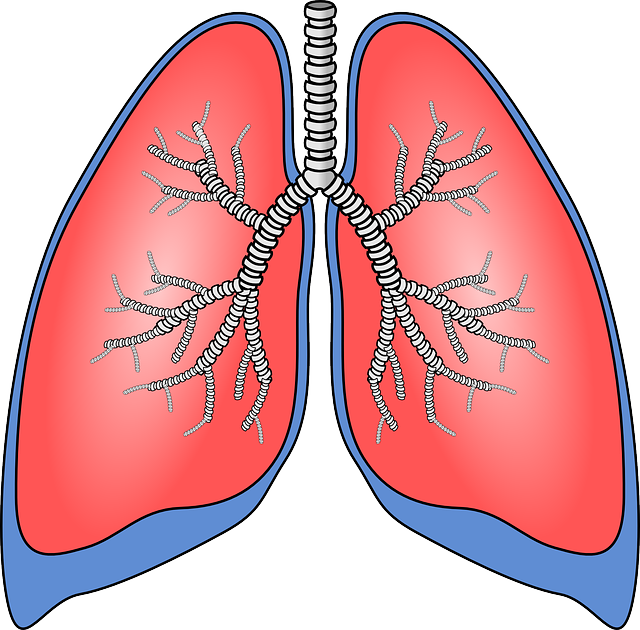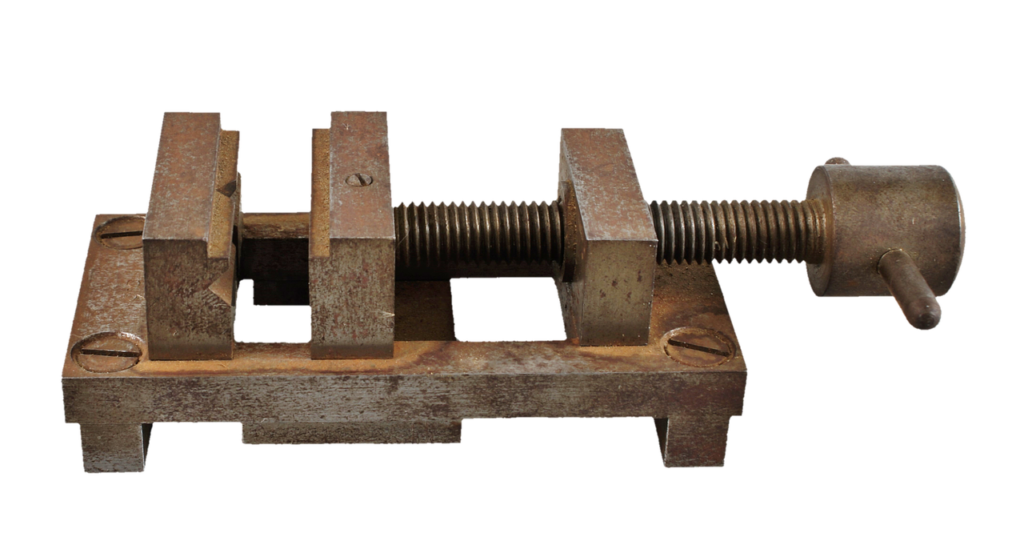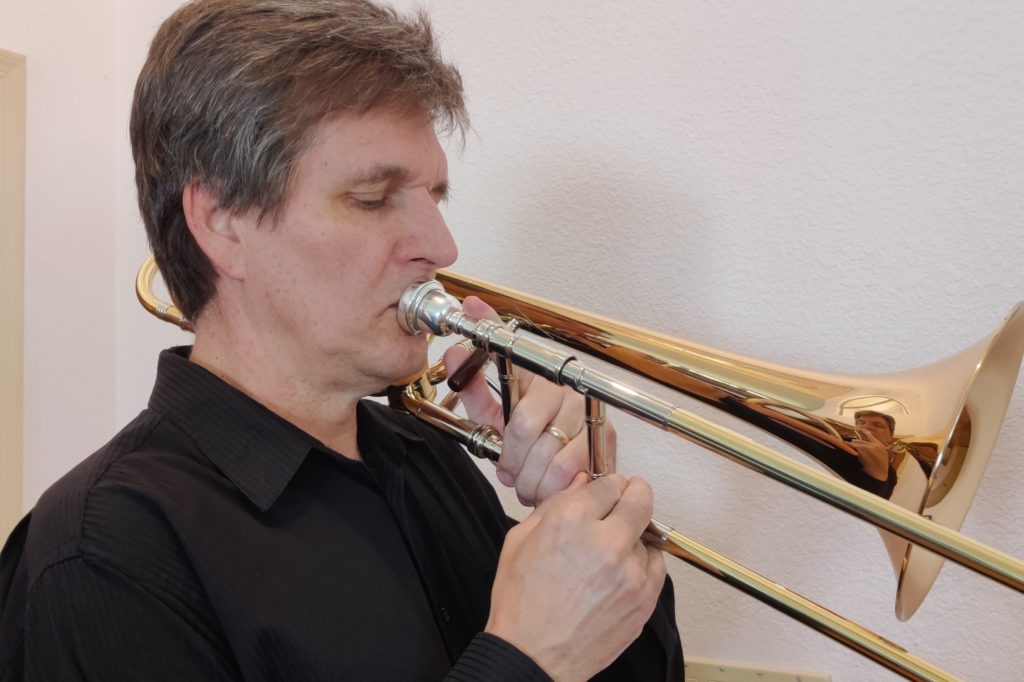22 Tips to Get Better
Practicing
En español (Traducción: Abel Clemente Riera)
Em português (Tradução: Silvio Giannetti)
En francaix (Traduction: Jean-Jacques Herbin)
Auf Deutsch (Übersetzung von Georg Neuner)
#1 Every day, even if for a short time

Set aside time to practice every day. Even 10 minutes is better than nothing. You can always find a little time here and there. Sometimes we put off practicing and then try to make up for it with marathon sessions (often the night before a lesson or an audition). Nope, that usually doesn’t work.
#2 Remove distractions

So many things work so hard to grab our attention! Whole companies depend on it to make money. Set aside your device and slow your mind just a bit; you’ll be a better trombonist (and happier person!).
#3 Be Patient and observant and patient

Did I just say ‘patient’ twice? Why, yes I did! Progress takes time. First, you have to notice the little details. Second, you have to be willing to fix them patiently over time. Is it frustrating? Yes!!
But it is so satisfying when you get it right.
#4 Find and repeat your little successes

Every practice session has little successes and failures. Find the better moments and repeat them. Don’t beat yourself up when it doesn’t go right. Just pause and reflect. Consider keeping a journal of little practice victories. It’s so easy to beat yourself down. Why not build yourself up?
Sound Concept
#5 Clear in the mind, clear out the bell

This may be the most important tip of all!
So many young trombonists play by feel. Your first step is to have a clear sound in your mind. Hear a great performer in your head. Imitate that sound!
#6 Go to live performances

Want to get better? Go observe someone who is really good!
Listen and look.
Pay close attention to them.
Show them your appreciation.
Imitate them.
#7 Watch (good) videos over and over
Even if you can’t get to a live concert, there are videos of great performers (and a few duds, too). Pick a short segment and watch it 3 or 4 times. Notice every detail!
Posture/Relaxation
#8 Bring the instrument to you
Balance your head over your center of gravity. Many young players tilt the head and learn to play that way. Sit or stand tall and bring the instrument to you.
#9 Keep the music stand out of the way

Unlike many instruments, the trombone needs room in front. The music stand gets in the way! Don’t point down to fit under the stand. Position it a bit to the right so you can play with good posture and still see your music.
10. Notice your tension level

When the music is tricky, we often tense up. Then, we learn to play tense and don’t even notice it. Imagine you have a ‘tension meter’ ranging from 1-10. Are you playing at a 7? Can you make it a 5? How about a 3?
Breathing In
11. Take easy, full breaths

Breathing should be natural and relaxed. You’ve done it your whole life! Inhale without straining.
- Relaxed shoulders float above expanding lungs.
- You don’t need to lift them with muscles.
- As the air rushes in, let yourself expand in every direction.
- You don’t need to push out your belly.
12. A good breath has a soft, low sound

When we tense our throats, the breath sounds like a gasp. A relaxed throat is an open throat. A loud breath is just the sound of friction; it won’t help you. One analogy:
Like wind through a spooky cave
13. Take enough time to breathe
If you have time, breathe in slowly; a beat or two at a tempo of 60 is about right.

If your first note is an upbeat, don’t use a quick breath to help with counting.


Blowing Out
14. Just release the air

Playing is an extension of breathing. Once the air is in your lungs, it wants to rush out. You don’t need to force it. That said, you may need to regulate how fast it comes out (see #15).
15. Lungs deal in pounds; lips deal in ounces

If you try to force too much air, everything tends to lock up. If you blow more gently, the center of your lips can relax a bit and vibrate nicely. Think of a breeze, not a hurricane.
16. Seek Resonance

Resonance is the most vibration for the least effort. If you blow air across the opening of a jug (or a straight mute) trying to get it to vibrate well, you are seeking that ‘point of resonance’ where it vibrates best. Likewise, your lips have a ‘point of resonance’ for any given note.
17. Different register, different air
For higher notes, think of a fast jet of air. For lower notes, think of a slow breeze of air.


Embouchure (AHM-bo-sure)
18. Lips and teeth vary from person to person

Your lips and teeth dictate how you place your mouthpiece. For many people, the mouthpiece will sit in the center (horizontally) and little more on the upper lip (vertically). However, people have different faces so this isn’t a strong rule! Seek out a good teacher for input.
19. The corners of your mouth are like anchors

The corners are the flagpole that anchors the flag blowing in the wind. Keep them steady and somewhat firm. Many young players pull the corners back into a smile as they go for high notes. This may be easier at first but won’t help in the long run.


20. Back off the pressure!

Pushing the mouthpiece into the lips cuts off the blood flow. Bad idea! Many young players don’t even notice how hard they are pushing in. Become aware and reduce it bit by bit, day by day.
Slide Technique
21. Slide grip
Let your slide arm hang at your side. Bend the elbow and notice your hand position. This should be pretty close to how you hold your slide. It shouldn’t hurt! Hold the slide lightly but firmly; thumb on one side of the brace, two fingers on the other. Don’t grip it with your fist.

22. A well-timed slide
It’s not about how fast you move your slide but exactly when you move. Many young players move too early, creating little sloppy glisses. A slow-motion video might reveal this.
Here’s a useful little exercise for slide timing. Just be careful not to drop your slide!!

These tips are (mostly) from an appendix in one of my books, The Intermediate Trombonist. There are some small differences here largely because I will update these tips as I see the need.
Here’s a link to that appendix from the book, Although the book is under copyright, you are welcome to copy and share these tips as needed.
